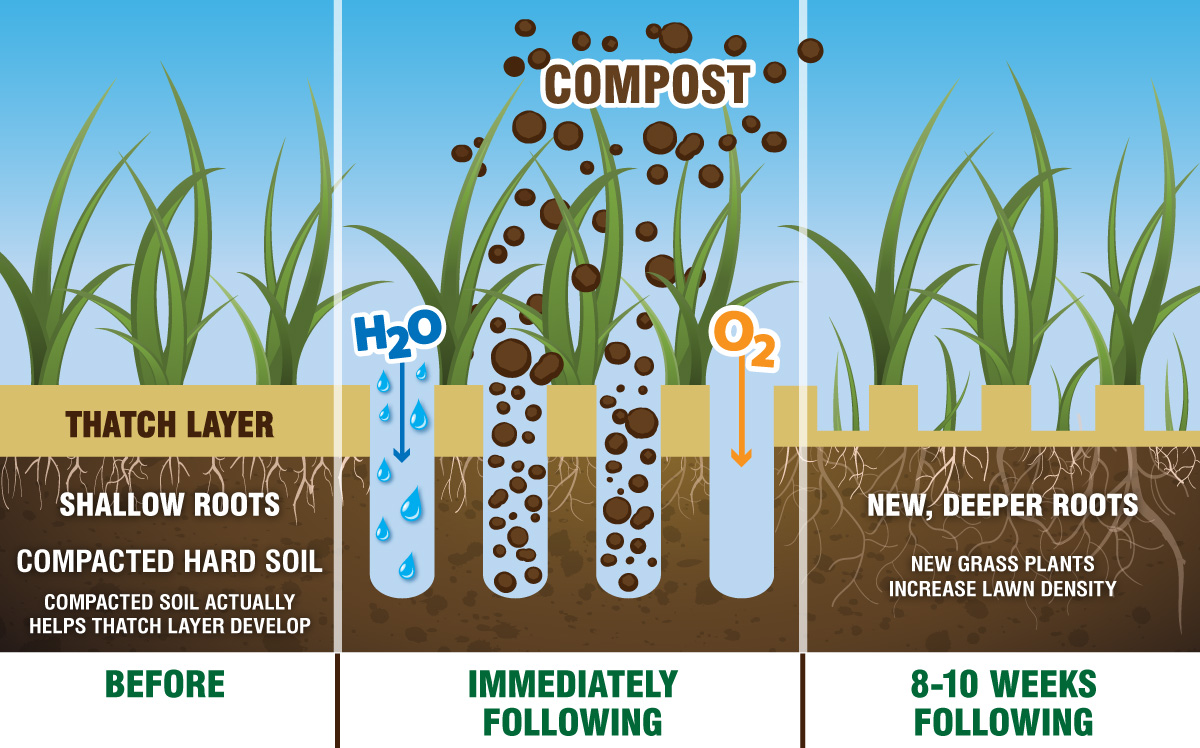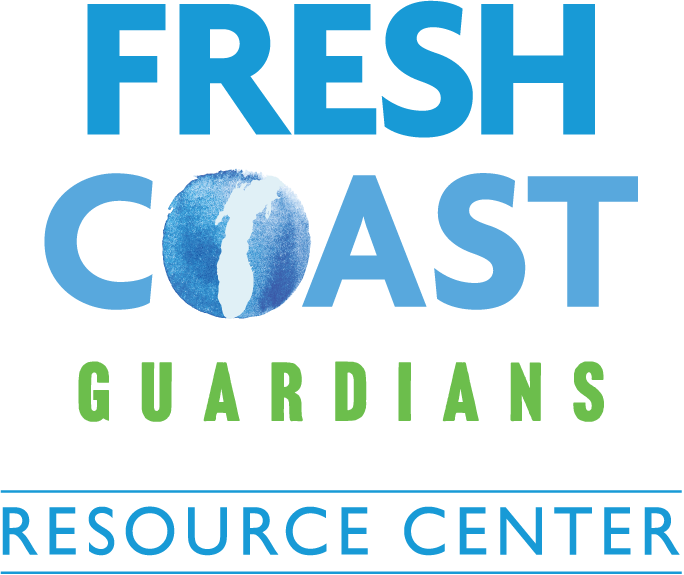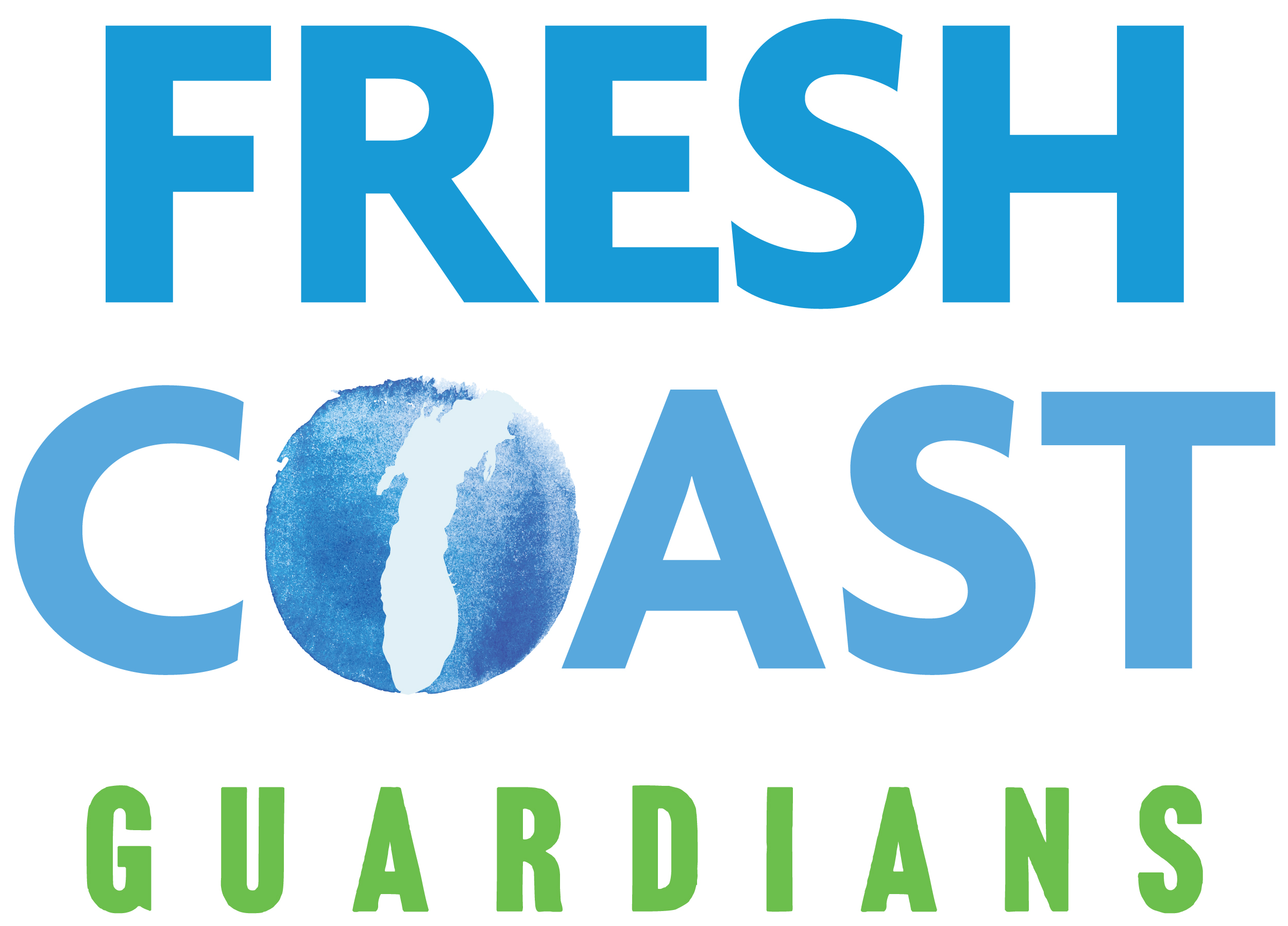Residential Soil Amendments
HEALTHY GRASS
Transform your lawn into a stormwater sponge. Healthy lawns develop thick root systems that help absorb more rain, which reduces water pollution and the amount of water that can get into sewers. Grass with thick root systems also become more drought-tolerant and out-compete weeds. To improve the health of your lawn and help protect Lake Michigan follow the 5 steps below.
FOLLOW THESE 5 SIMPLE STEPS FOR HEALTHIER GRASS
1. MOW OFTEN AND RECYCLE GRASS CLIPPINGS
Follow the 1/3 rule. Remove no more than 1/3 the total height of the grass when you mow. Allowing the grass to stay tall encourages deeper root growth. Tall grass also helps keep weed seeds from germinating — especially those crabgrass seeds that need light to germinate. Keeping the lawn tall throughout the summer will keep the surface of the soil from drying out and reduce the need for watering.
Never bag your grass clippings and send them off to the dump or sweep into the street. Grass clippings contain valuable organic matter and nutrients that should be returned to your lawn and not end up in our waterways.
2. DETHATCH, THEN AERATE
Thatch is a barrier of natural material that makes it difficult for water and nutrients to get to the soil. Dethatch by raking with a stiff rake, collecting the thatch and adding it to your compost. Once your surface is ready it's time to aerate. Aeration pulls cores of soil and grass from your lawn and leaves them on the surface. Aeration loosens compacted soil, improves drainage, encourages deep root growth, reduces weeds, decreases the need for fertilizer, and prevents thatch. You should aerate in the spring or fall every other year. Many hardware stores have aerators for rent or you can call a local landscaping company to handle the job.
3. TOP-DRESS
After aerating, it's best to top-dress a thin layer of high-quality compost, topsoil, or manure. Regular top-dressing improves drainage and drought resistance, reduces compaction, and helps build organic matter in the soil.

4. FEED YOUR LAWN
Select a slow-release fertilizer, like Milorganite® , to provide a consistent nutrient source for grass. Slow-release fertilizer not only feeds your lawn, but increases beneficial soil microorganisms, won't burn, and improves the structure of your soil. For more information on fertilizer application rates and schedule visit: www.milorganite.com
5. OVERSEED
Overseeding is the planting of grass seed directly into existing grass, without tearing up the grass or soil. It's an easy way to fill in bare spots that weeds would otherwise take over, and improve the density of your grass, which leads to better water absorption. Fall is the best time to overseed, but spring is acceptable if that's when you can get to it.
ADDITIONAL TIPS
- If weeds have gotten out of hand, but you want to do right by the environment follow the advice in this eco-friendly weed control video.
- Struggling to establish a healthy lawn or want to have more time for fun (not mowing) on the weekends? Consider removing sections of your lawn and replacing with other types of landscaping such as rain gardens, sustainable landscaping, or trees.
Watch this video to learn how to top-dress your lawn with compost.


